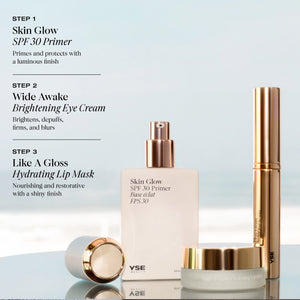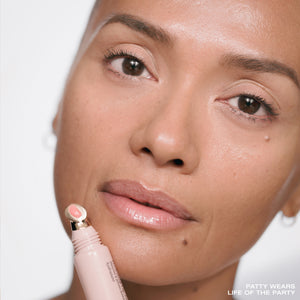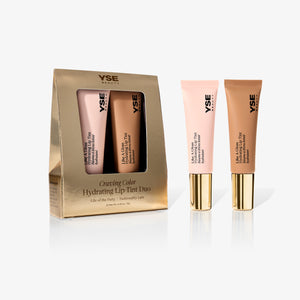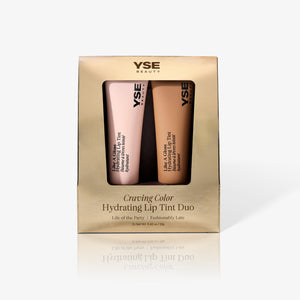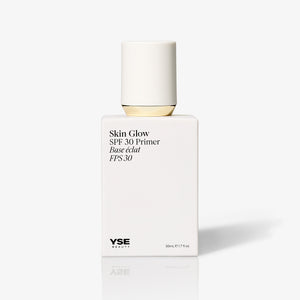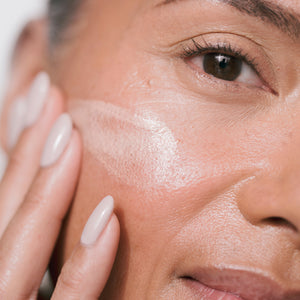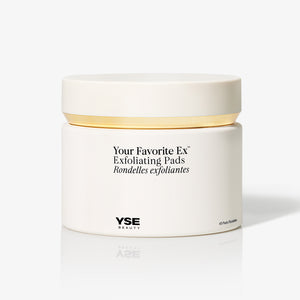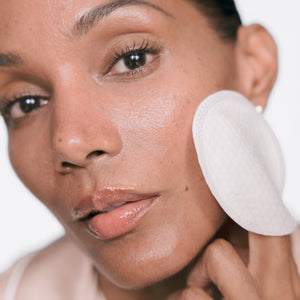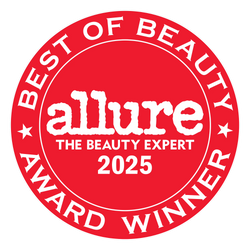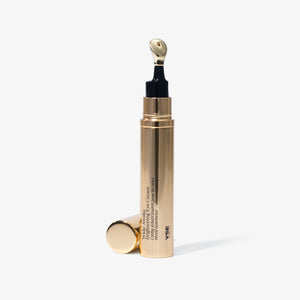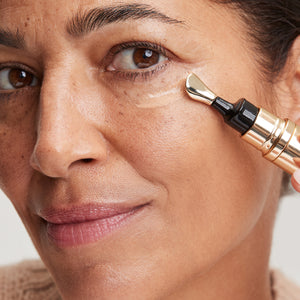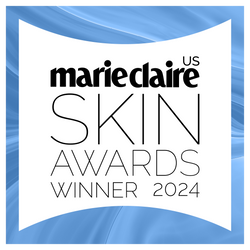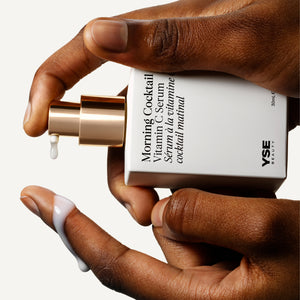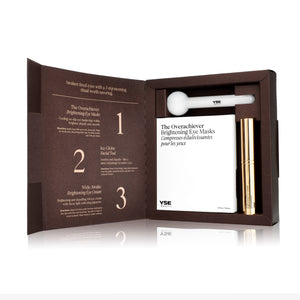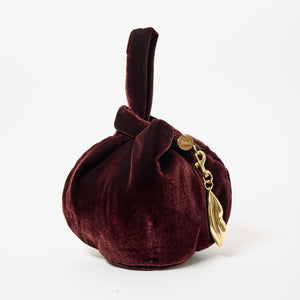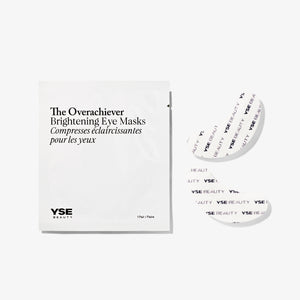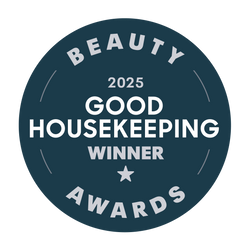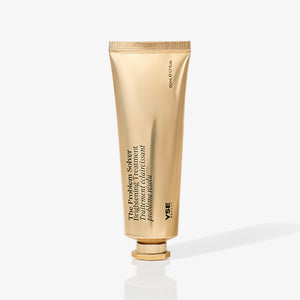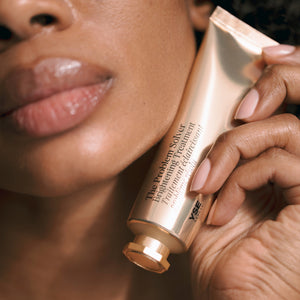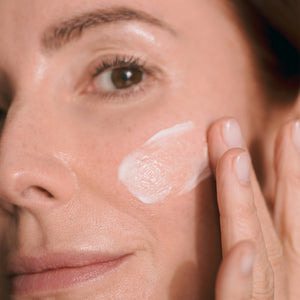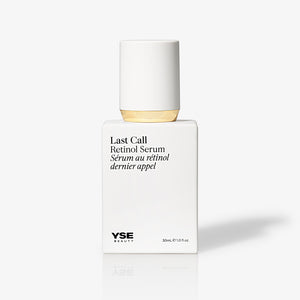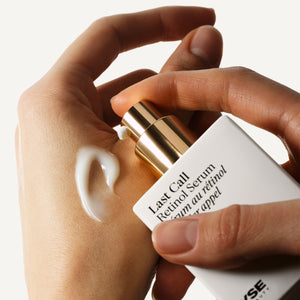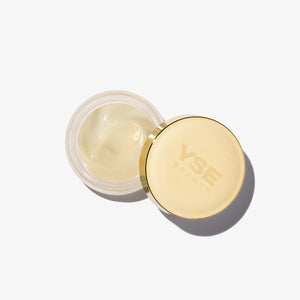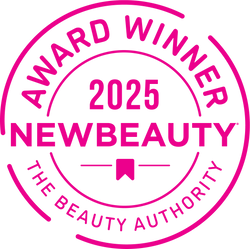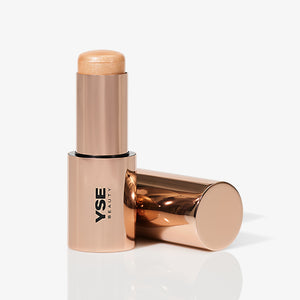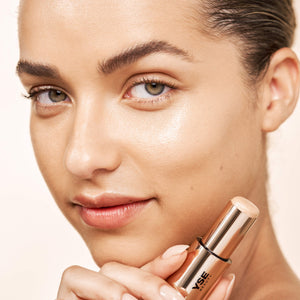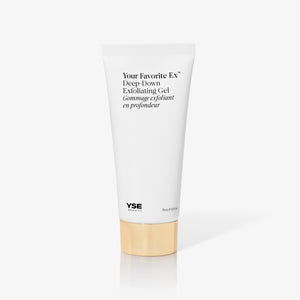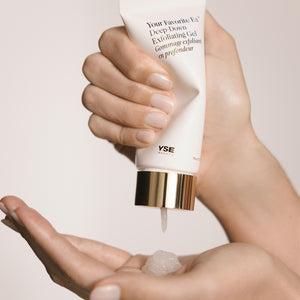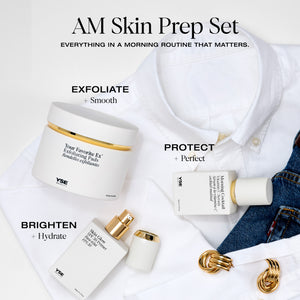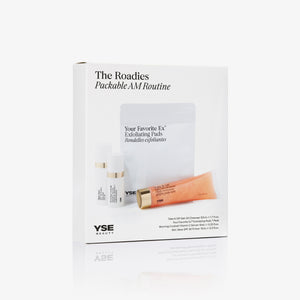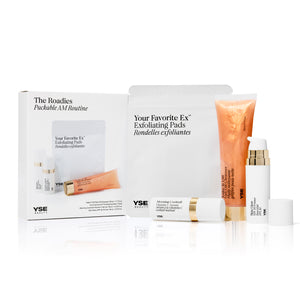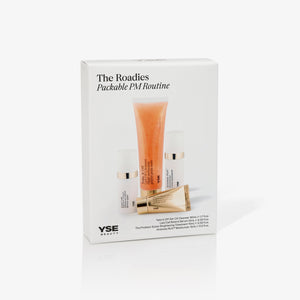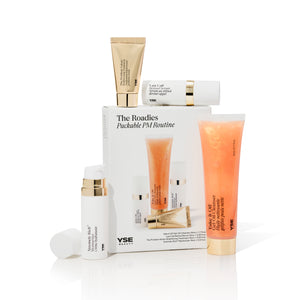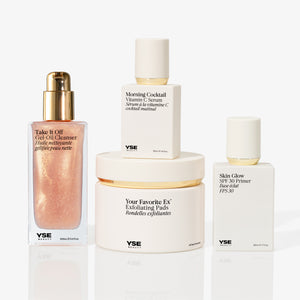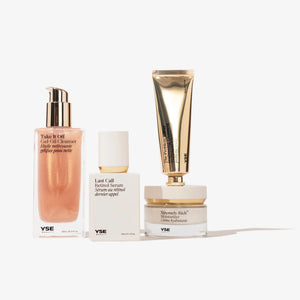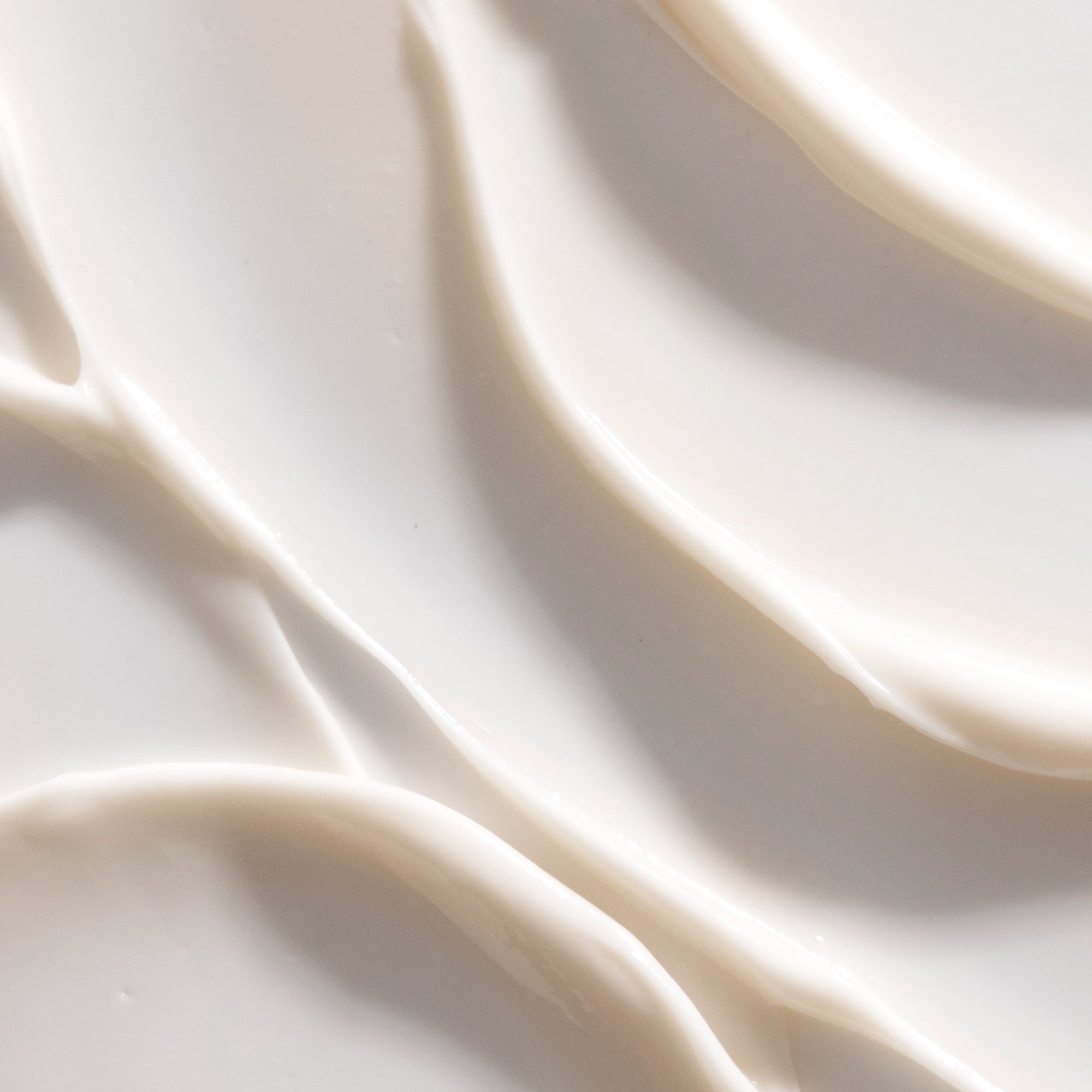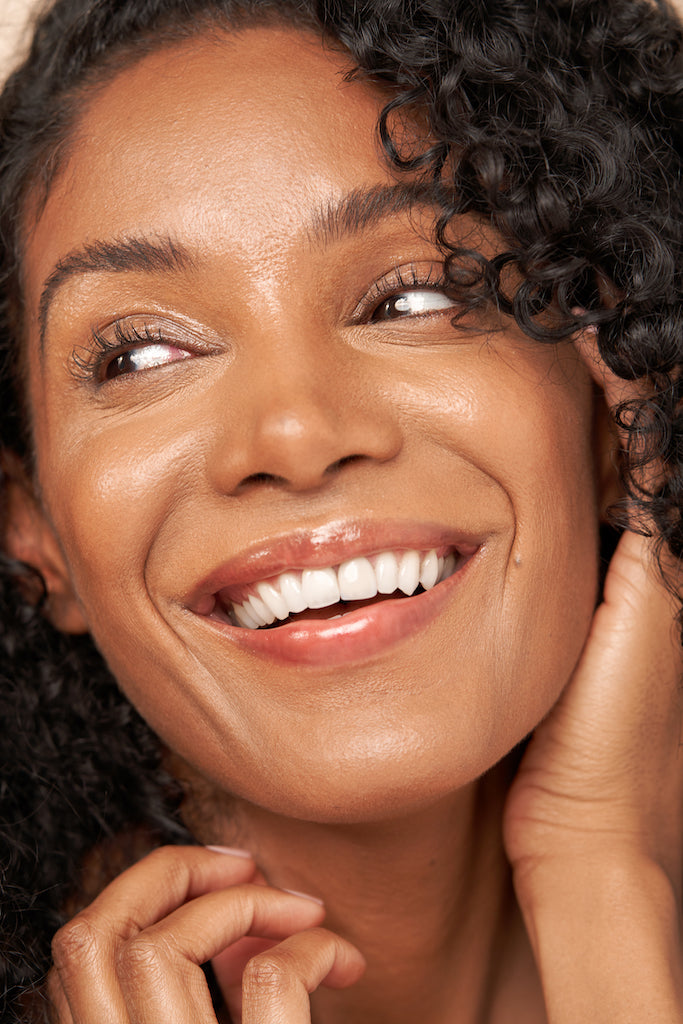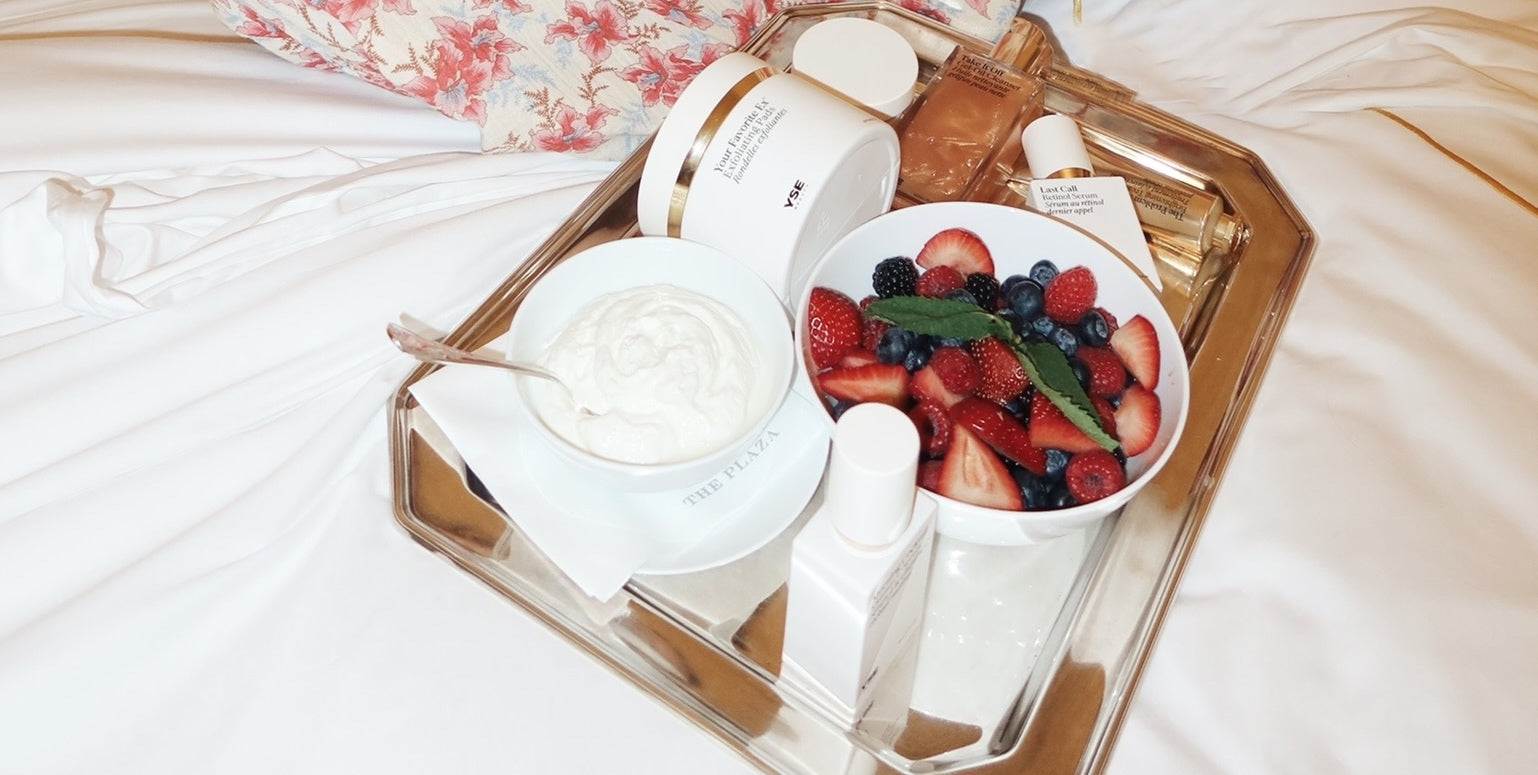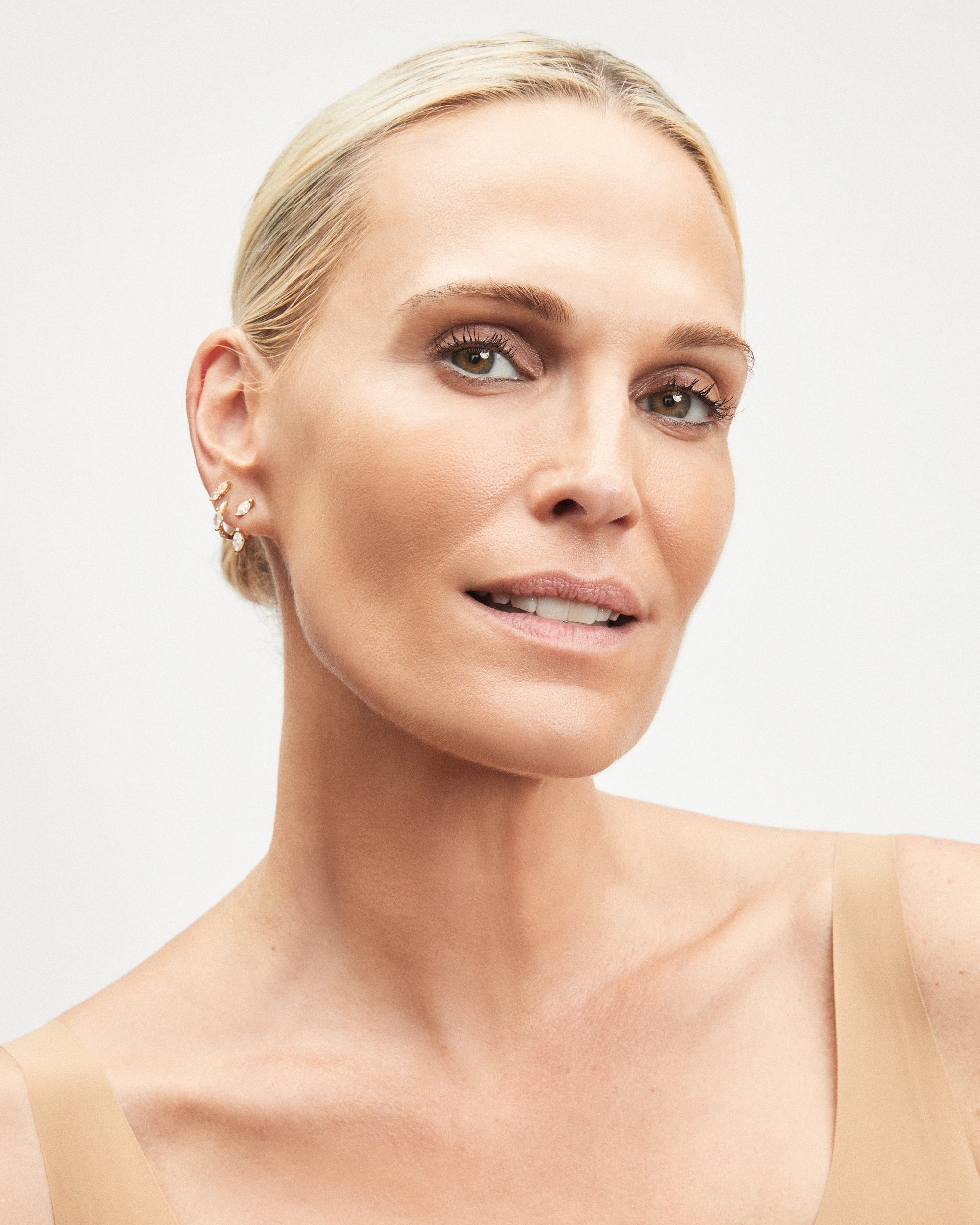Over the last few years, retinoids have become the breakout stars of skincare. They speed up skin cell turnover, while evening out texture, brightening skin, and sometimes targeting acne. Retinoids for skin are made up of retinol, retinaldehyde and Retin-A. They’re each a little different, but they’re game-changers for so many people. If Superman were a skincare ingredient, a retinoid would be it!


Ingredients
Retinoids: The All-Stars for Your Skin
So, What are Retinoids?
So, what exactly are retinoids? Retinoids for acne are what brought the skincare family to the surface. The first retinoid on the market was tretinoin topical (Retin-A). Initially, it was used to treat acne, but it was later found to promote cell turnover and fade pigmentation spots on the skin.
Retinoids—which encompass the most popular present subcategory retinol—were first introduced in 1971 as a treatment for acne, psoriasis, wrinkles and some cancers, according to the American Osteopathic College of Dermatology. Retinoids are unanimously praised for their multiple skincare benefits.
Retinoids vs. Retinol
Retinoids are the umbrella name for Vitamin A skincare derivatives that encompass retinol, retinal and retin-A. They’re each proven to be effective, but their intensities differ. Retinols are the least intense of the three, which is why they’re over-the-counter. Retinol is still effective, but can often require at least 12 weeks to see results. Retinol is often mixed with a moisturizer, so it’s not as irritating. And since it’s a weaker formulation altogether, it’s gentler on the skin than its counterparts.
How Retinol + Retinoids Improve Skin Health
The active agent in retinoids is retinoic acid, and that’s what’s responsible for increasing cell turnover. Essentially, the acid works by diffusing through the cell membrane and binding to receptors on the cell’s nucleus, where it performs like a gene to promote cell growth, according to a study published in 2010. Retinoic acid also blocks the production of collagenase, an enzyme that breaks down collagen, according to a study published in 2015. Collagen production wanes with age. More collagen equals plumper, more voluminous skin with healthy elasticity.

The Benefits of Investing
There are many benefits to retinol and its counterparts—here are four main reasons why people put their money towards these products:
1. Unclog Pores
Whether due to makeup, travel or general wear and tear, our pores are easily clogged and can lead to breakouts. Unfortunately, it can take much more than a solid cleanse to get to the bottom of them. This is where the benefits of retinoids come into play. Retinol, for example, can help unclog pores, which can therefore lead to clear skin and breakout prevention. Retinoids can also amplify the effects of other medicated creams and gels, allowing you to get the maximum benefits of whatever treatments you're using.
2. Restore Tired, Dull Skin
No one’s skin looks fresh all of the time. But implementing retinoids into your routine will at least restore your skin when it’s in its dull stages. As one of the most used and well-studied skincare ingredients on the market, retinoids have proved their reliability. Originally marketed as an anti-acne treatment in the ‘70s, tretinoin (AKA retin-A) quickly proved to have considerable effects on restoring skin by brightening, plumping and repairing.
3. Even Out Skin Tone
One of the many star powers of retinoids is they stimulate skin cell turnover and remove dull and dry skin. This makes way for a new, brighter and more even-toned complexion. Combined with retinoids’ ability to increase levels of collagen and elastin, you’re left with thicker, smoother skin with fewer imperfections. Retinoids aren’t limited to problematic skin, however. Even those with a naturally clear complexion are known to see radiating effects from retinoids.
4. Investing Now, Costs Less Later
Whether it be a retinoid, an AHA or other powerful ingredient-packed skincare product, the higher the concentration, the higher the (typical) cost. While the price of a singular item may have you gasping at initial thought, think of how much you’ll save with a one-and-done situation—versus grabbing for a handful of cheaper, short-term solutions that end up costing more money (with less efficacy) in the end.
While we can’t speak for every product or ingredient on the market, we can confidently vouch for a high-performing retinol as a worthy investment. It’s one of the only ingredients with scientifically proven benefits, and when used as instructed for your skin type, it’s what we’d consider a foolproof way to see results.
How to Use
Now that you have a better understanding of retinoids, let’s get into how to actually use them most effectively for your skin.
Give Your Skin Time to Adjust
As the saying goes, Rome wasn’t built in a day—so if you aim to have “perfect” skin by the time you leave for vacation in a week, welp, you can talk to your facialist about a quick fix. But when it comes to seeing the effects of retinol, for example, you’ll need to start small with slow expectations.
Depending on your skin and the concentration of the retinol, too much at once can potentially cause peeling. Begin with a very small, pea-sized amount once or twice a week at first to see how your skin reacts, and gradually work up to every other day or three times a week.
Apply At Night
For maximized retinoid benefits, apply at night right after washing the face. While it’s not unheard of to apply during the day, sun exposure can interfere with desired results by deactivating retinoic acid. Our YSE Beauty Last Call PM Serum is the perfect retinol product to use before bed.
Steer Clear of Serious Sun
Retinoic acid’s powerful potency causes the skin to become extra sensitive (namely to sunlight), which is why its application is recommended at night. When newly applied, resurfaced skin is thin and delicate, so it needs to be extra protected. While you don’t need to lock yourself away in a dungeon during the daytime, we strongly advise steering clear of excessive sunlight following fresh retinoid application.
If you weren’t clear on SPF importance before this, consider this your bold-faced memo to slather on that sunscreen over 30, and look for a formula that protects against both UVA and UVB rays. Our YSE Beauty Skin Glow SPF 30 Primer preps the skin for makeup while protecting it from harmful rays.
Potential Downsides?
Everyone’s skin reacts differently to various treatments and ingredients. Retinol can do wonders for your skin, but it can occasionally cause redness and flaking. This can result from using it too often or using too much per application. Due to the potency of topical retinoids, you’ll also want to avoid mixing them with other intense actives, exfoliants or acne treatments. Dryness and mild irritation aren’t out of the ordinary. They’re just signs to take your retinol routine a bit more slow.
That said, if your skin is exceptionally irritated to the point of concern, cut out retinol application, along with other skincare products that contain active ingredients, aside from sunscreen. From personal experience, we can tell you that once you halt application (and apply skin barrier protection in the form of ceramides, for example), you should be back to normal in no time. During these recovery times, stick with a gentle rinse (our YSE Beauty Take It All Off Cleanser works wonders) and a high-quality moisturizer. Once the reaction has resolved, you can try retinol again. To reiterate the above, using the product less frequently can be a way to improve tolerability.






























